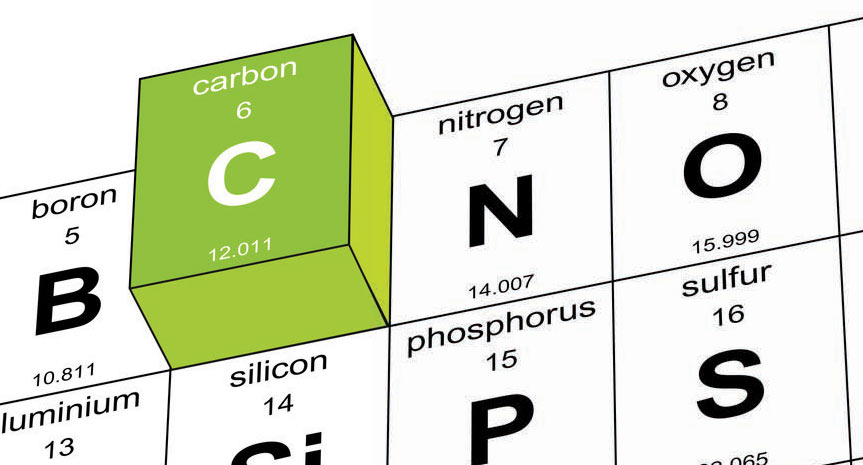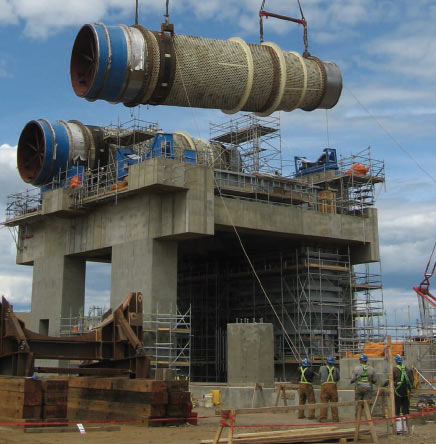
Rob Harris reports on ENMAX Corporation, a Canadian utility company that envisions a future where nothing is wasted and everything is gained.
ENMAX Corporation is a vertically integrated utility company completely owned by the City of Calgary, Alberta. Providing Albertans with electricity for over 100 years, ENMAX has more than 640,000 customers and annual revenue of C$1.7 billion.






 Nampower_JUN10_emea_BROCH-s.pdf
Nampower_JUN10_emea_BROCH-s.pdf




